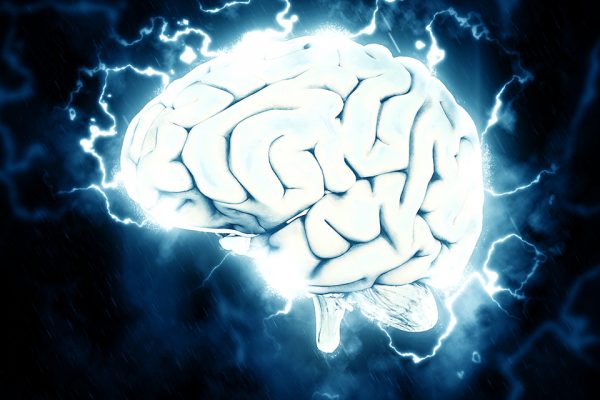Neurofeedback is also known as EEG Biofeedback. Neurofeedback is actually a learning modality designed to retrain dysregulated brainwave patterns. By doing this, the brain becomes more stable and is able to operate optimally and efficiently. It is completely noninvasive and is considered by the Food and Drug Administration to be safe. In fact, the Food and Drug Administration recognizes that neurofeedback has NEVER produced a serious side effect since it was first discovered over 40 years ago. Neurofeedback cannot diagnose or treat any particular condition per se but peer reviewed, published research has demonstrated its efficacy in managing many neurological conditions such as ADHD, Migraine and Tension Headache, Insomnia, Chronic Pain, Post Stroke Syndrome, Anxiety and Panic Attacks as well as many others
Neurofeedback – EEG Biofeedback
Neurofeedback
Evaluation Procedure – The QEEG
Neurofeedback is guided exercise for the brain. All neurofeedback begins with a Quantitative Electroencephalogram (QEEG) evaluation. The QEEG is an assessment tool designed to objectively and scientifically evaluate a person’s brainwave patterns. The procedure consists of placing a snug cap on the head.
Embedded within this cap are 12 small sensors that are designed to measure and record electrical activity (or brainwaves) coming from the brain. It is important to note that these sensors do not put any electrical current into the brain – they simply record signals coming from it.
The brainwave data recorded with the QEEG is statistically compared to a sophisticated and large normative database and a report is generated. This assessment procedure allows the doctor to determine, in a scientifically objective manner, whether a client’s brainwave patterns are different from normal. The QEEG assessment provides the doctor with the neurofeedback training protocols that will be used during the training sessions. These protocols are designed to retrain the brainwave patterns toward normal. As the brainwave patterns normalize, the brain is able to operate more optimally and efficiently.
Training Sessions
Individuals are hooked up to a computer using wires and sensors and the computer records their brainwave activity. These sensors are noninvasive, as no electrical current is put into the brain. The sensors simply record the brainwaves coming from the brain. Information about these brainwaves is displayed on the doctor’s monitor.
The software automatically detects when the brainwaves are properly ordered and it feeds that information back to the patient. This feedback appears in the form of a game, movie, or sound, which signals the patient that the brainwaves are becoming more ordered. For example, in one training design, the patient performs the training while watching a movie. The movie will get brighter as the brain waves normalize and become darker when they become dysregulated. The brain’s natural desire to watch the movie clearly will drive those neurological circuits that normalize the brainwaves and allow the picture to be visualized. The more those circuits are driven and used – the more neuroplastic changes take hold. The patient learns how to use those new circuits during the demands of everyday life.
Research Articles
For the past 40 years neurofeedback has been studied in research labs at prominent Universities throughout the world. In fact, Dr Frank H. Duffy, a Professor and Pediatric Neurologist at Harvard Medical School, stated that “Neurofeedback should play a major therapeutic role in many difficult areas. In my opinion, if any medication had demonstrated such a wide spectrum of efficacy it would be universally accepted and widely used”
Additional Information:
Get In Touch With Us Today
If you would like to schedule an appointment or if you have questions regarding anything on our website, please feel free to reach out to us!

